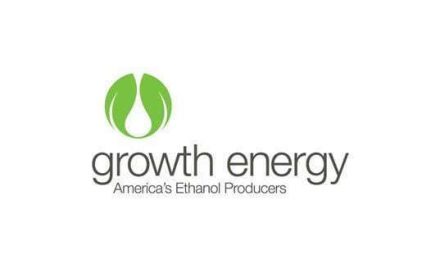Crude Oil Supply Situation Eases
- This week’s Energy Market Situation highlights:
- Libya appears to have weathered the storm of rebellion and reestablished regular export activity.
- Commercial oil stocks remain well over one billion barrels
- Propane inventories are recovering at a rapid pace
- Natural gas prices react bearishly to low Cooling Degree Days.
Sincerely,
Alan Levine
Chairman, Powerhouse
The Matrix
Some—but not all—of the factors that have supported crude oil prices in recent weeks are starting to ease. The situation in Ukraine is unclear. The cease-fire which was in force in Ukraine has given way to military operations to rout Russian separatists. Notwithstanding the central role of Russia in European supply, the renewed activity has not been reflected in crude oil prices.
This may be because of the situation in Libya. Libya apparently has formally ended its force majeure on terminals in the eastern part of the country. These facilities have been in the control of rebel groups. Lifting the force majeure indicates that disruptions to loading of crude oil would no longer be a concern and that normal commercial activity could be expected. These terminals reportedly hold substantial amounts of oil that has accumulated during the conflict in that country. Es Sider has between 3.5 and 5.5 million barrels available for loading. Adding in stocks as Ras Lanuf, officials estimate that Libya could export about half its total 1.3 million barrels per day capacity.
Supply/Demand Balances
Supply/demand data in the United States for the week ending June 27, 2014 were released by the Energy Information Administration.
Total commercial stocks of oil declined 0.4 million barrels. This was the first decline in total stocks since March 28, 2014. More than 81 million barrels of oil have been added to inventories in that time. Supplies are now at 1.118 billion barrels of oil.
Commercial crude oil stocks fell 3.2 million barrels during the report week. There are 384.9 million barrels of crude oil in the system. Gulf Coast storage decreased 3.0 million barrels of crude oil, bringing the regional total to 204.8 million barrels.
Stocks fell at Cushing, OK. One million three hundred thousand barrels were lost from storage at Cushing, which now holds 20.5 million barrels of inventory. This erases recent gains in supply. Inventory at Cushing has not been this low since late November, 2008.
Crude oil imports were down slightly at 7.3 million barrels daily for the week. Reduced imports were offset by U.S. crude oil production which remained at 8.4 million barrels daily during the report week. Production in the lower 48 states has now exceeded 8 million barrels daily.
Refinery utilization rates recovered significantly, moving to 91.4 per cent, an increase of 2.9 percentage points from the prior week’s 88.5 per cent of capacity. The increase was especially notable on the Gulf Coast which added nearly five percentage points of capacity.
Crude oil inputs to refineries increased 546,000 barrels daily to 16.2 million barrels per day. Almost all of the gain was on the West Coast.
Gasoline production continues to exceed ten million barrels daily. Demand for the report week was 9.2 million barrels daily, a gain of 355 thousand barrels per day. Demand has been very volatile in the past eight weeks but has not broken out of its recent range.
Gasoline stocks fell 1.2 million barrels during the report week. Inventories on the East Coast accounted for all of the reduction. Supplies elsewhere were largely unchanged.
Distillate fuel oil supplies added 1.0 million barrels during the report week, rising to 121.5 million barrels.
Supplies in the U.S. lag last year’s levels by 0.8 million barrels. They are still tight, having barely reached the lower end of the past five year range. Distillate fuel oil demand was 3.8 million barrels daily. Refinery production of distillate fuels was 4.984 million barrels daily during the report week.
Propane inventories added another 2.6 million barrels in the U.S. This continues the remarkable recovery in propane supply. Propane demand increased to 916,000 barrels per day.
Natural Gas
The intense heat of summer has yet to make an appearance in the Northeast. It is already July. Cooling degree data from NOAA’s Climate Prediction Center do not show significant accumulations of heat. Nationally, the United States has experienced five more CDDs than last year for the year January 1st through June 28th. The heavily populated Middle Atlantic and New England states lag last year by 40 and 48 CDDs respectively. The only region with significantly higher CDDs is the Pacific, where 59 more CDDs than last year have accumulated.
The hottest average day in the United States is July 24th, according to the National Climatic Data Center. The failure to develop CDDs with a peak in twenty days from now does not augur well for demand.
This is apparent on price charts. Natural gas prices have traded a range between $4.25 and $4.84 since the end of February. Prices are challenging the lower band. If broken, next support will be at $3.95.
Inventories continue to build. According to EIA. Working gas in storage was 1,929 Bcf as of Friday, June 27, 2014, according to EIA estimates. This represents a net increase of 100 Bcf from the previous week. Stocks were 666 Bcf less than last year at this time and 790 Bcf below the 5-year average of 2,719 Bcf.











